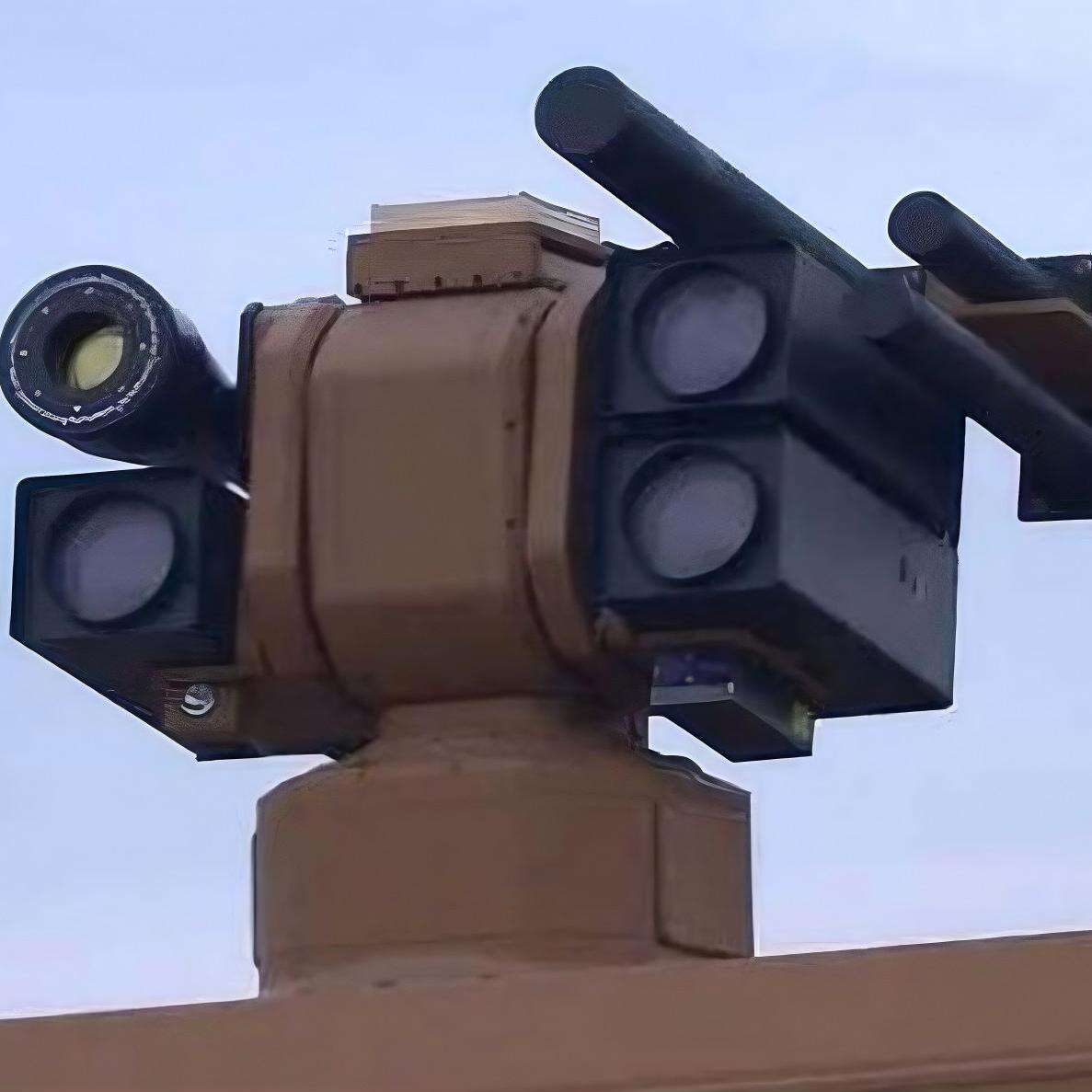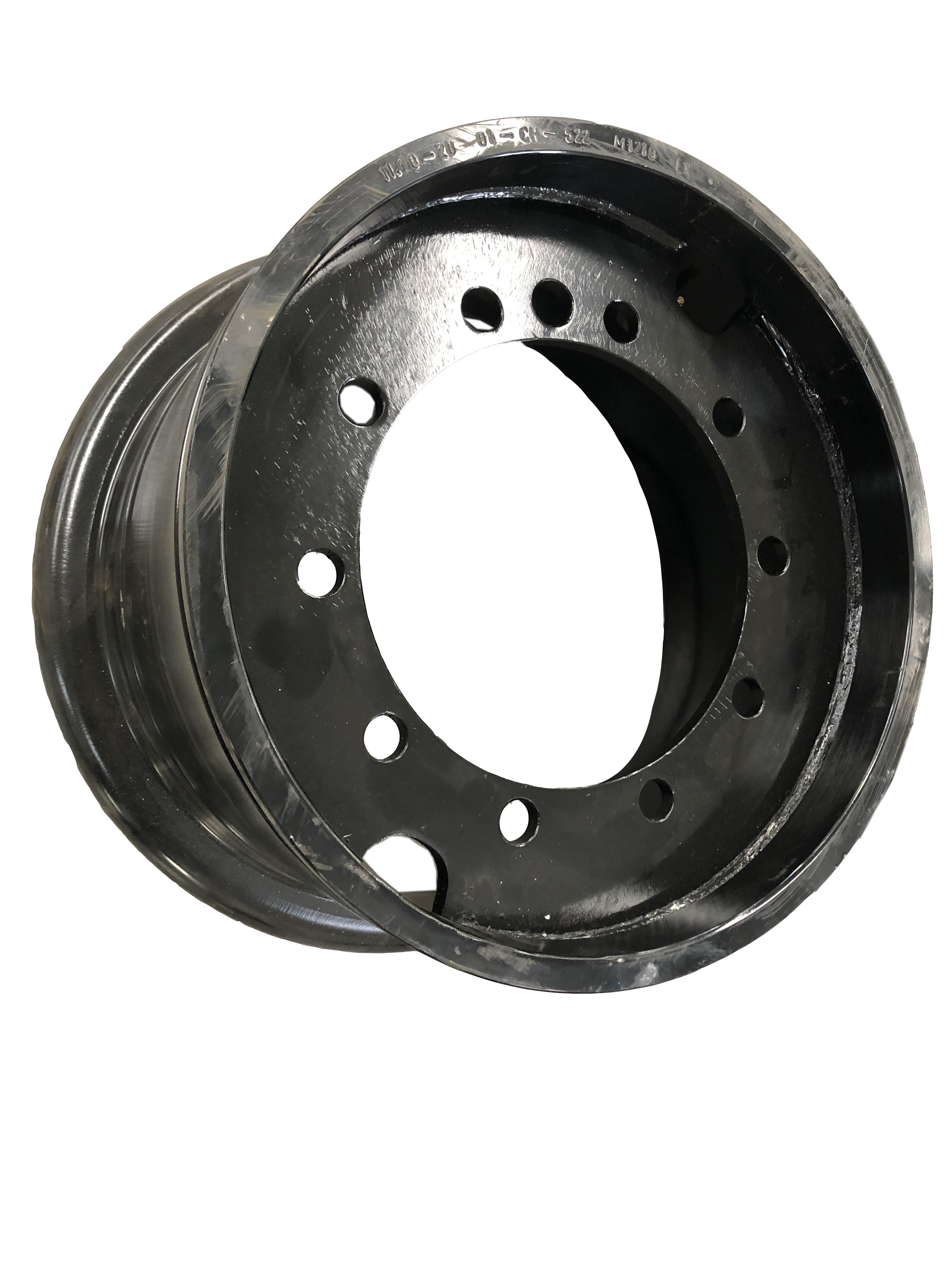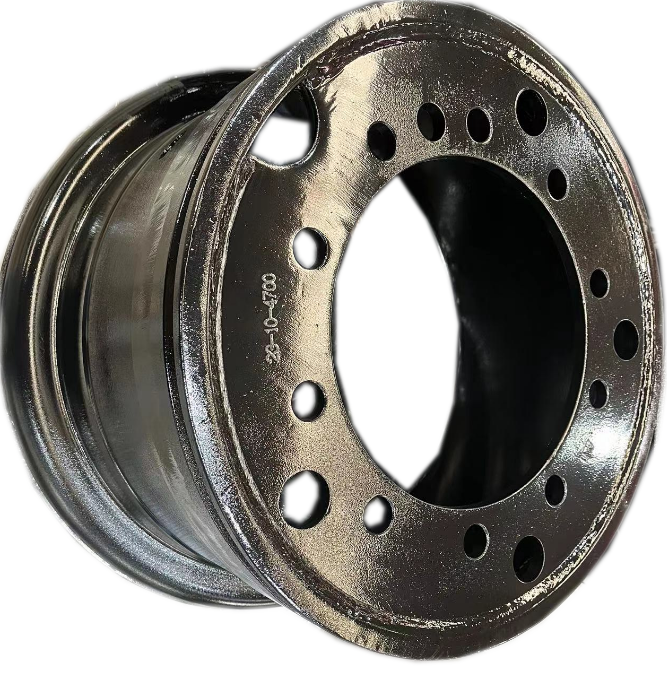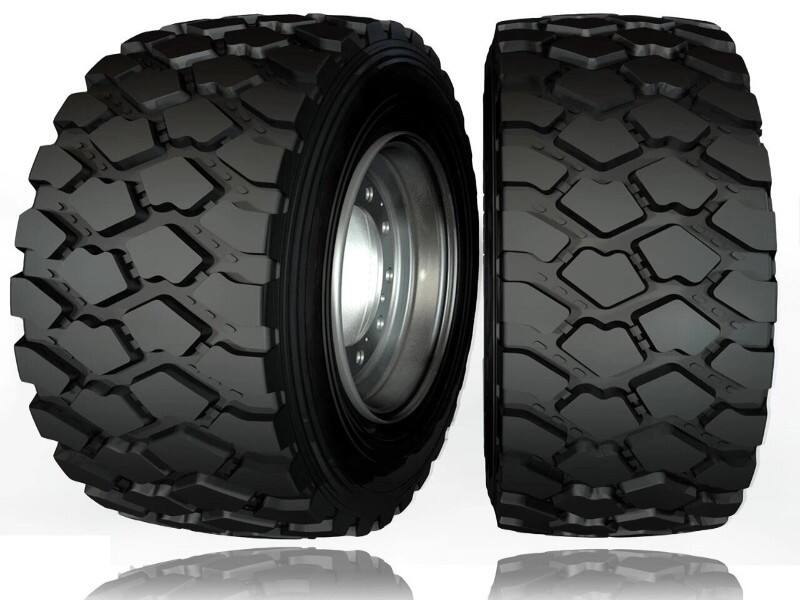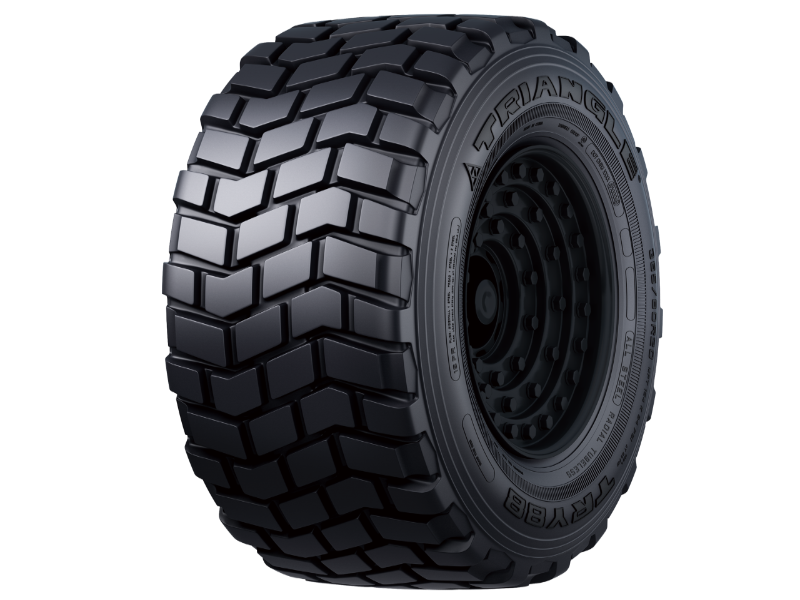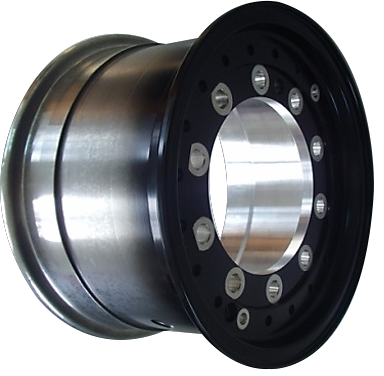autonomous driverless vehicles
Autonomous driverless vehicles represent a revolutionary advancement in transportation technology, combining sophisticated sensors, artificial intelligence, and advanced control systems to navigate roads without human intervention. These vehicles utilize an intricate network of technologies including LiDAR, radar, cameras, and GPS to create a comprehensive awareness of their surroundings. The system processes real-time data to make instantaneous decisions about steering, acceleration, and braking. Modern autonomous vehicles are equipped with powerful onboard computers that run complex algorithms for route planning, obstacle detection, and decision-making in various traffic scenarios. They can operate in diverse environments, from urban streets to highways, adapting to changing weather conditions and traffic patterns. The technology incorporates multiple redundancy systems for safety, including backup sensors and fail-safe protocols. These vehicles can communicate with other vehicles and infrastructure through V2X (Vehicle-to-Everything) technology, enabling enhanced traffic management and safety. Applications range from personal transportation to commercial logistics, with specialized versions designed for specific industries like mining, agriculture, and public transportation.

 EN
EN
 AR
AR
 BG
BG
 FR
FR
 DE
DE
 HI
HI
 IT
IT
 JA
JA
 KO
KO
 PL
PL
 PT
PT
 RU
RU
 ES
ES
 SV
SV
 TL
TL
 ID
ID
 LV
LV
 LT
LT
 SR
SR
 UK
UK
 VI
VI
 TH
TH
 TR
TR
 FA
FA
 AF
AF
 HY
HY
 AZ
AZ
 KA
KA
 BN
BN
 LA
LA
 MN
MN
 SO
SO
 MY
MY
 KK
KK
 UZ
UZ
 KU
KU
 KY
KY

